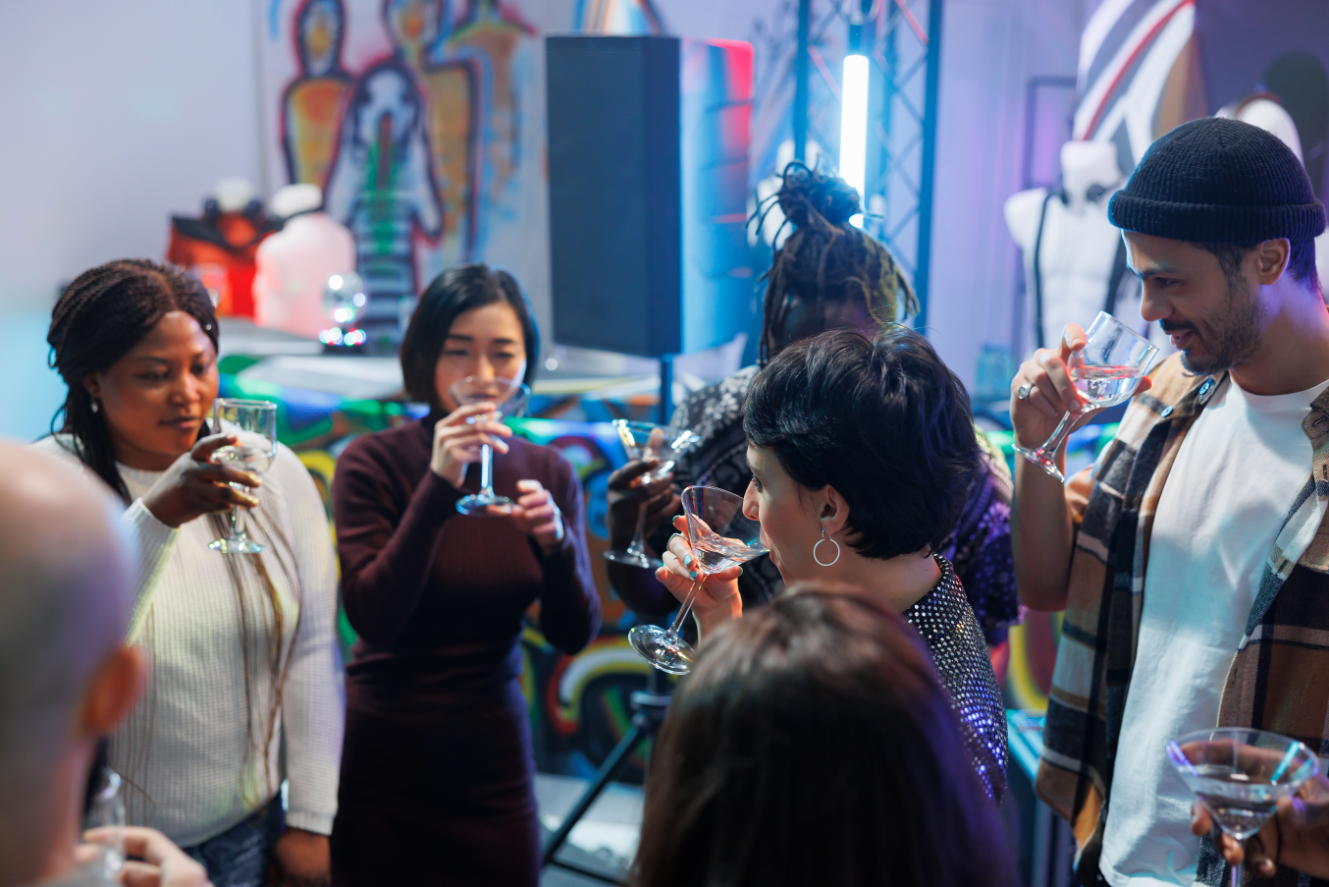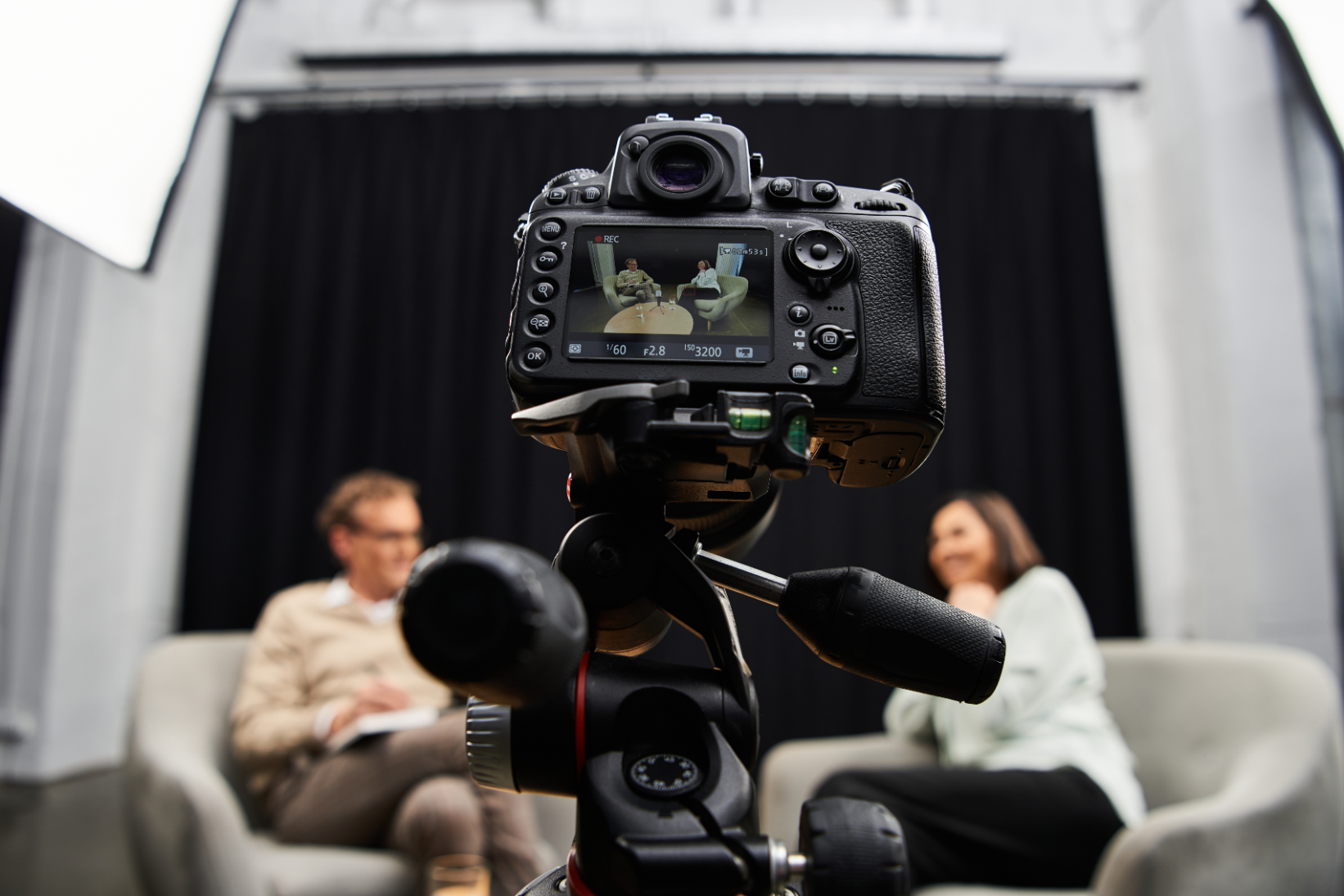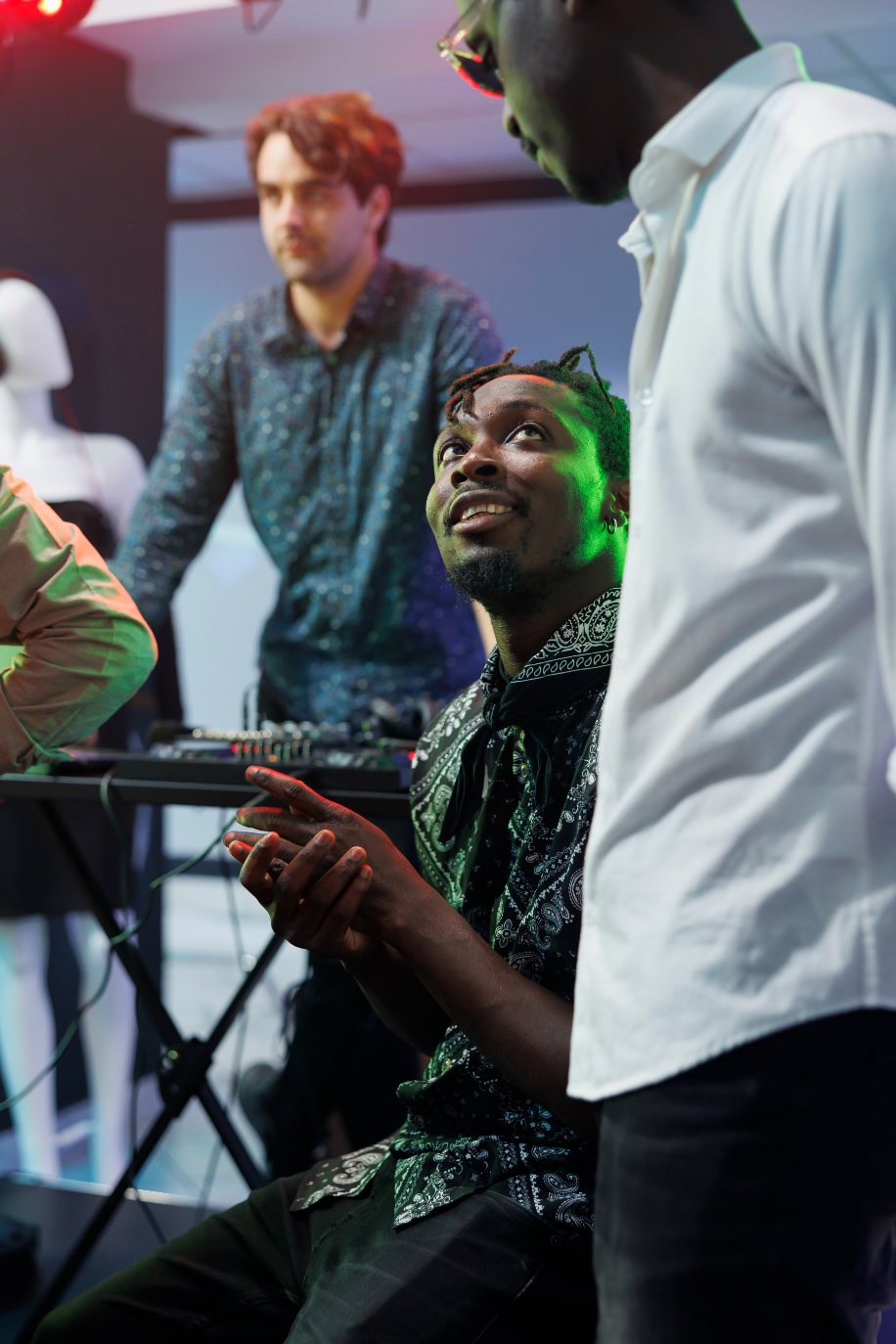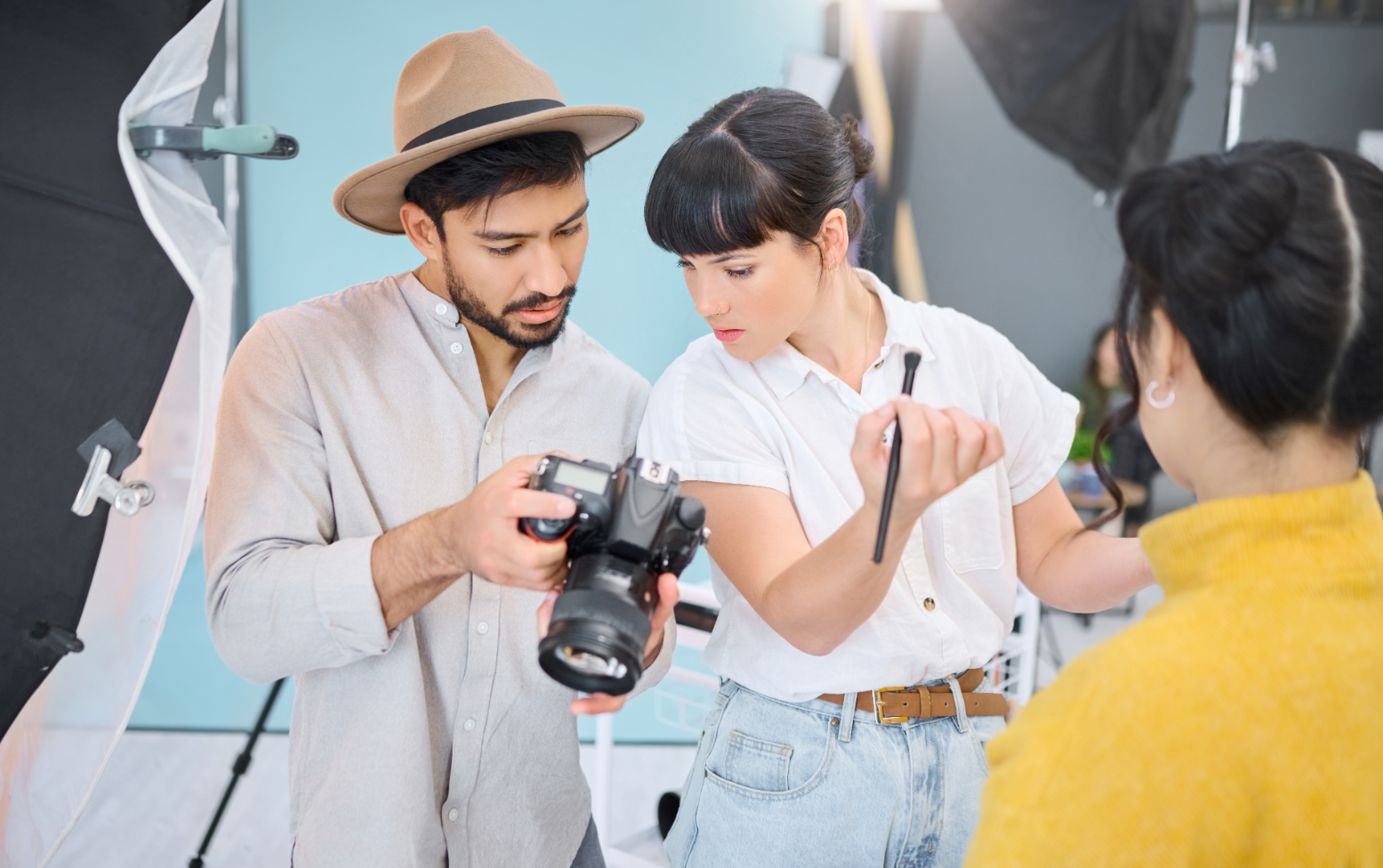Unlock Pro Visuals: Advanced Film Production Techniques

In the vast, ever-evolving landscape of filmmaking, the difference between an amateur production and a truly professional one often boils down to a deep understanding and masterful application of advanced techniques. While basic principles like the rule of thirds or three-point lighting are foundational, unlocking those jaw-dropping, "pro visuals" requires pushing beyond the conventional. Whether you’re an aspiring filmmaker, a seasoned independent creator, or part of a bustling production house, continually refining your craft is key to standing out.
At FilmBaker, we believe in empowering creators with insights that elevate their work. This post will delve into some advanced film production techniques that can transform your visuals from good to genuinely exceptional, giving your projects that sought-after cinematic sheen.
Mastering Cinematography: Beyond the Basics
Composing for Depth and Emotion
Forget simply centering your subject or following the rule of thirds. Professional cinematographers think in layers, using foreground, midground, and background elements to create immense depth and draw the viewer into the scene. This isn't just about sharp focus; it's about intentional framing. Consider using leading lines to guide the eye, negative space to evoke feelings of isolation or grandeur, or even natural frames within the environment to add context and intimacy. Practice dynamic compositions that tell a story before a single word is spoken, playing with asymmetry and balance to evoke specific emotions.
Furthermore, advanced lighting isn't just about illuminating a subject; it's about shaping mood, revealing character, and guiding the audience's attention. Explore motivated lighting – ensuring every light source in your scene has a logical reason for being there, even if it's artificial. Experiment with practicals (lamps, screens, streetlights) as primary light sources, augmenting them subtly with professional fixtures. Learn to use negative fill to deepen shadows, flags to create hard cuts of light, and diffusion to soften and spread light in nuanced ways. Understanding light's quality, direction, and intensity allows you to paint with light, not just illuminate.
The Art of Visual Storytelling Through Production Design and VFX
Building Believable Worlds with Production Design
Production design is the silent storyteller that visually defines your narrative. Pro visuals aren't just about what's in focus; they're about everything in the frame. Advanced techniques involve a deep dive into color theory, understanding how specific hues and palettes evoke emotions or signify character arcs. Think beyond simple red for danger; how does a muted, desaturated palette tell a story of despair, or a vibrant, contrasting one signify chaos? Every prop, every piece of set dressing, and every fabric choice should be intentional, contributing to the character, mood, and period of your film. Even the smallest detail, like the type of book on a bedside table or the brand of coffee in a mug, can speak volumes about a character's personality or social status.
When it comes to visual effects (VFX), the goal of professional filmmaking is seamless integration, not overt spectacle. Advanced VFX isn't always about explosions or fantastical creatures; often, it's about subtle enhancements that make a scene more believable or visually striking. This might include set extensions to make a location feel grander, subtle sky replacements to enhance a mood, or meticulously planned green screen composites that blend digital elements flawlessly with live-action footage. The key is understanding when to use practical effects for realism and when digital effects can achieve what's impossible in reality, always prioritizing the story over flashy effects.
Polishing the Image: Advanced Post-Production Workflows
The Power of Cinematic Color Grading
Post-production is where the "look" of your film is truly cemented. Advanced color grading goes far beyond basic color correction. It’s an art form that transforms raw footage into a cohesive, aesthetically powerful visual experience. Professionals often use sophisticated techniques like applying custom LUTs (Look-Up Tables) as a starting point, then diving into intricate primary and secondary corrections. This involves precisely adjusting exposure, contrast, white balance, and saturation, then isolating specific colors (like skin tones) or areas of the frame for nuanced adjustments. The goal is to establish a distinct visual style that supports the narrative, evokes specific emotions, and maintains consistency across all scenes. Mastering tools like DaVinci Resolve or Adobe Premiere’s Lumetri Color panel allows for incredible control over your final image.
Beyond color, the final polish in editing flow is crucial. Advanced editors understand that pacing, rhythm, and the deliberate manipulation of time can profoundly impact emotional resonance. This involves not just cutting on action but cutting for emotional impact, building tension through sustained shots, or creating urgency with rapid cuts. Experiment with techniques like parallel editing to show simultaneous actions, montage to condense time and convey complex ideas, or even intentional jump cuts for stylistic effect. The goal is to craft a viewing experience that feels seamless yet impactful, where every cut serves a purpose in advancing the story and engaging the audience on a deeper level.
Conclusion
Achieving "pro visuals" in film production is a journey of continuous learning and experimentation. It's about moving beyond the basics and delving into the nuanced application of advanced cinematography, thoughtful production design, intelligent VFX integration, and meticulous post-production. Each of these areas offers a wealth of techniques that, when mastered, can elevate your storytelling and leave a lasting impression on your audience.
Remember, the most advanced technique is always the one that best serves your story. By investing time in understanding and practicing these methods, you're not just improving your technical skills; you're refining your artistic vision and building the capability to bring truly compelling narratives to life. For further insights and resources to help you on your filmmaking journey, don't hesitate to reach out to the experts at FilmBaker. We're here to help you unlock your full creative potential. Visit us at https://www.filmbaker.com/get-in-touch.


